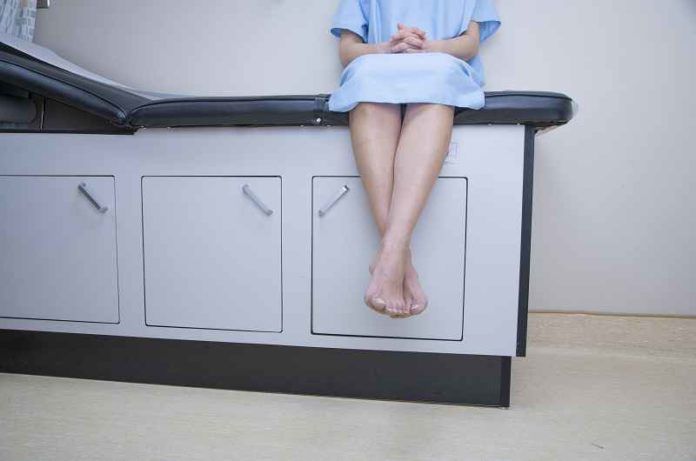A new American Academy of Neurology report seeks to provide a guideline for treatment of Restless Legs Syndrome (RLS) in adults. These recommendations include both pharmacologic and non-pharmacologic approaches depending on the severity of symptoms.
Restless Legs Syndrome (RLS) is a movement disorder commonly characterized by an abnormal or unpleasant sensation in the limbs, resulting in a strong urge to move the legs or arms. Due to the negative impact of this condition on quality of sleep, many patients of RLS experience further clinical complications such as mood disorders, decreased overall quality of life, and loss of productivity. Therefore, researchers seek to develop a reference guideline of treatment therapies for Restless Legs Syndrome (RLS) to identify safe and effective methods of treatment.
A recent report in The Official Journal of the American Academy of Neurology (2017) analyzed articles using the 2004 American Academy of Neurology evidence rating scheme to determine the efficacy of particular treatment therapies (e.g. pharmaceutical drugs, vitamin supplements, vibrating pads, etc.) in relieving RLS symptoms. In measuring efficacy, a minimum change of 3 points on the International Restless Legs Syndrome Study Group rating scale (IRLS) was needed to classify the treatment as clinically significant. Most of the studies used to inform this report were short-term trials of 12 weeks or less. Such short-term studies are less indicative of the risks and side effects of prolonged exposure to medication and various treatment therapies.
Evidence supports the recommendations for clinicians to consider prescribing a pharmacologic agent in cases of moderate to severe primary RLS. Drugs shown to most effectively reduce symptoms include pramipexole, rotigotine, cabergoline, and gabapentin enacarbil. Due to the lack of head-to-head comparisons of these pharmacologic agents, little data exists to determine any preferential uses of one agent over another. Data does suggest that for clinicians who may wish to target increasing quantity or quality of sleep in patients with primary RLS, a pharmacologic agent which is known to improve sleep parameters should be used.
The report acknowledges the various factors of clinical complications resultant from RLS, including anxiety and depression, overall health and quality of life, and iron deficiencies. For patients with diagnosed deficiencies, researchers recommend that clinicians start with prescribing vitamin C and/or vitamin E supplements. Exercise also showed signs of efficacy as a treatment method for RLS, whereas other nonpharmacological therapies such as vibrating pads demonstrated a lower rate of effectiveness in reducing symptoms.
Further research is required to provide more detail on preferential recommendations for effective long-term treatment therapies for Restless Legs Syndrome (RLS). Conducting head-to-head comparisons of pharmacologic agents as well as non-pharmacologic treatment therapies will allow researchers to create a comprehensive document listing guidelines for treatment and symptom reduction.
Written By: Jennifer Newton



